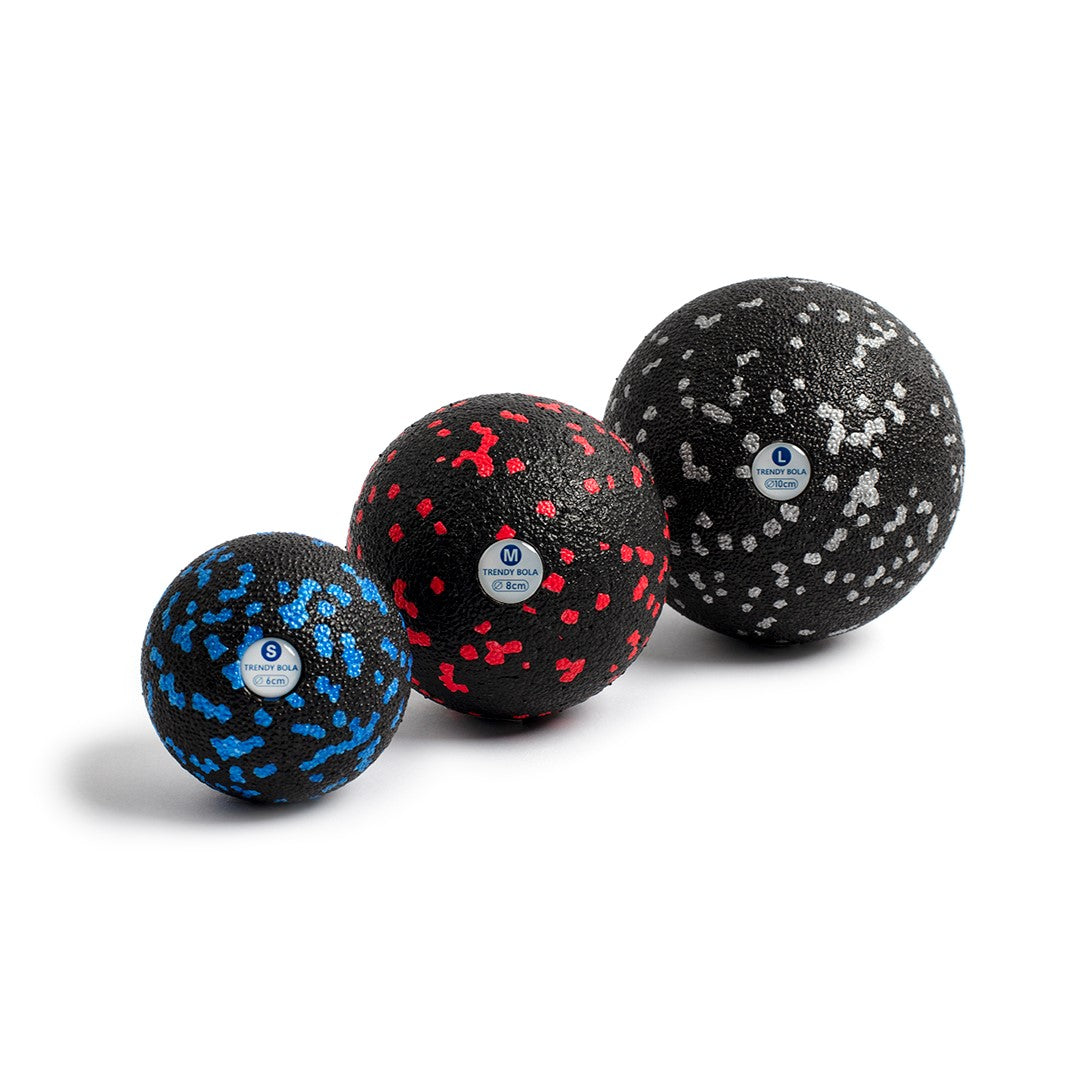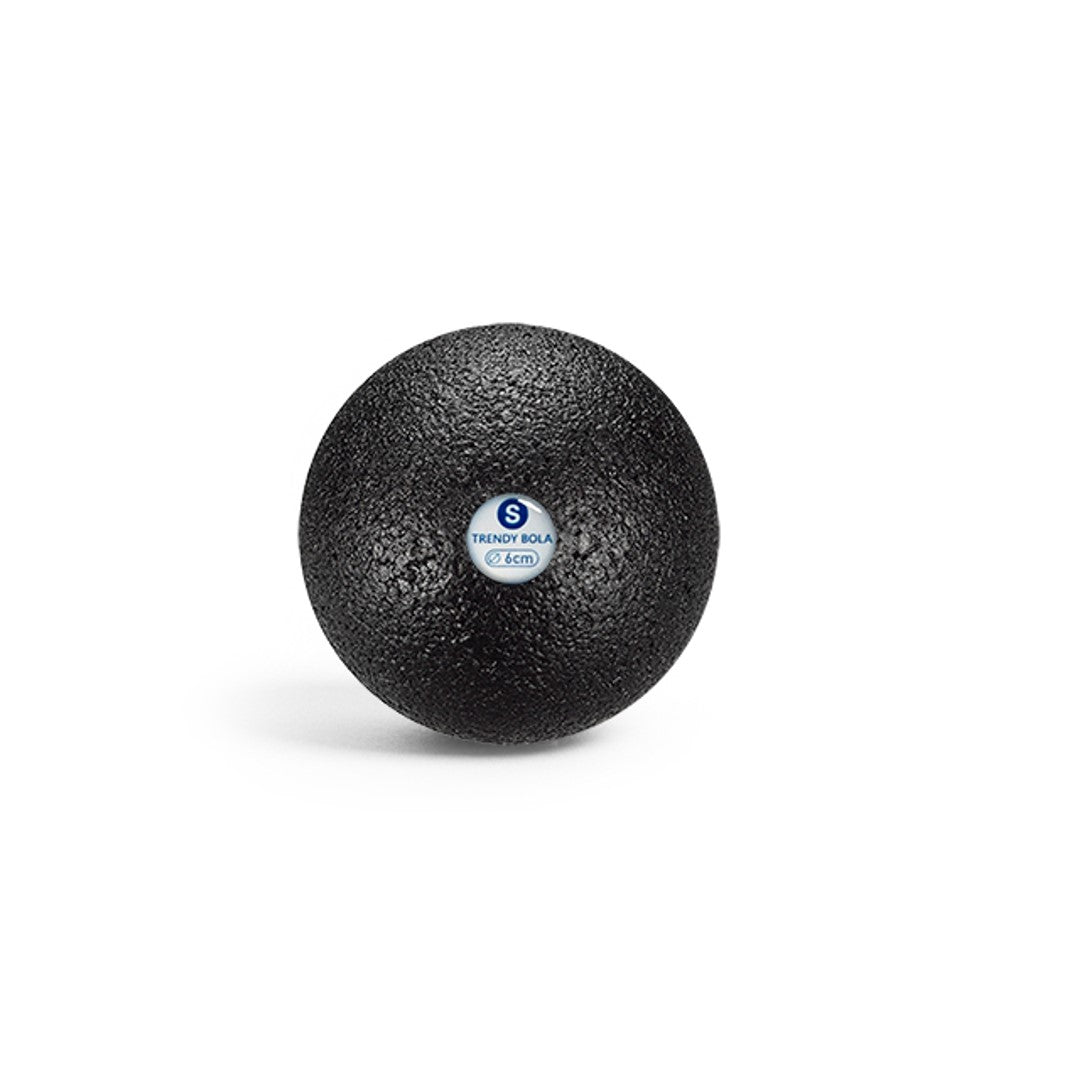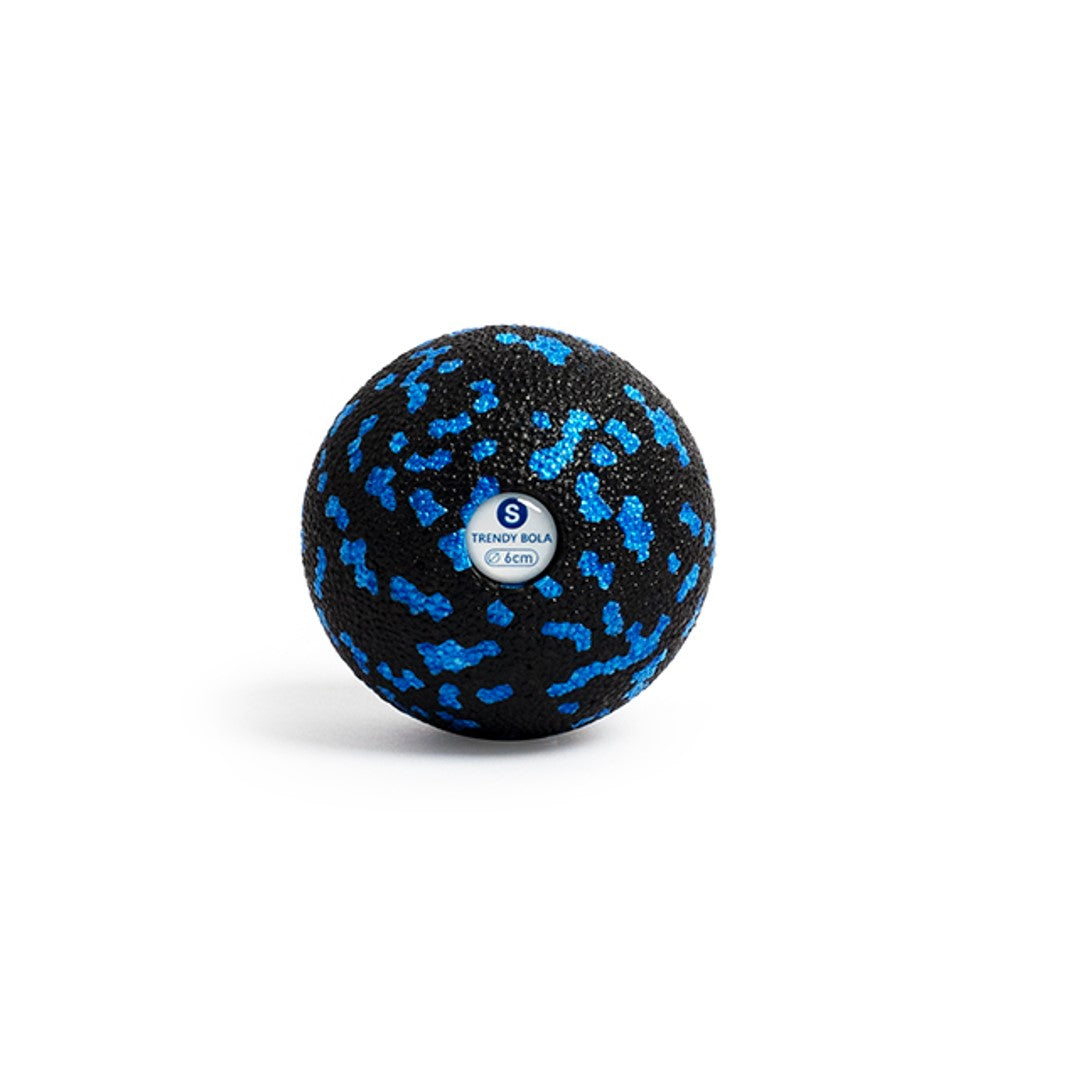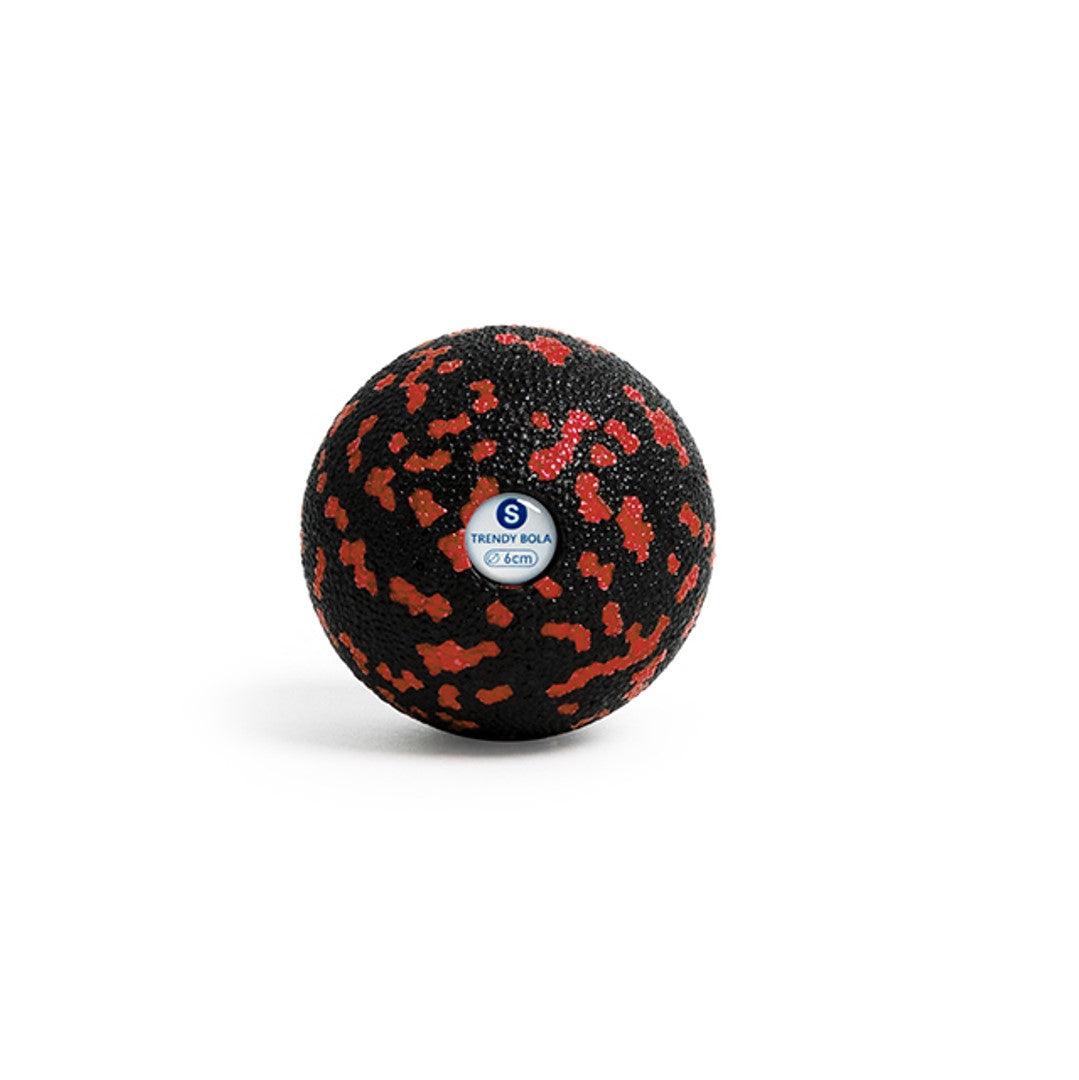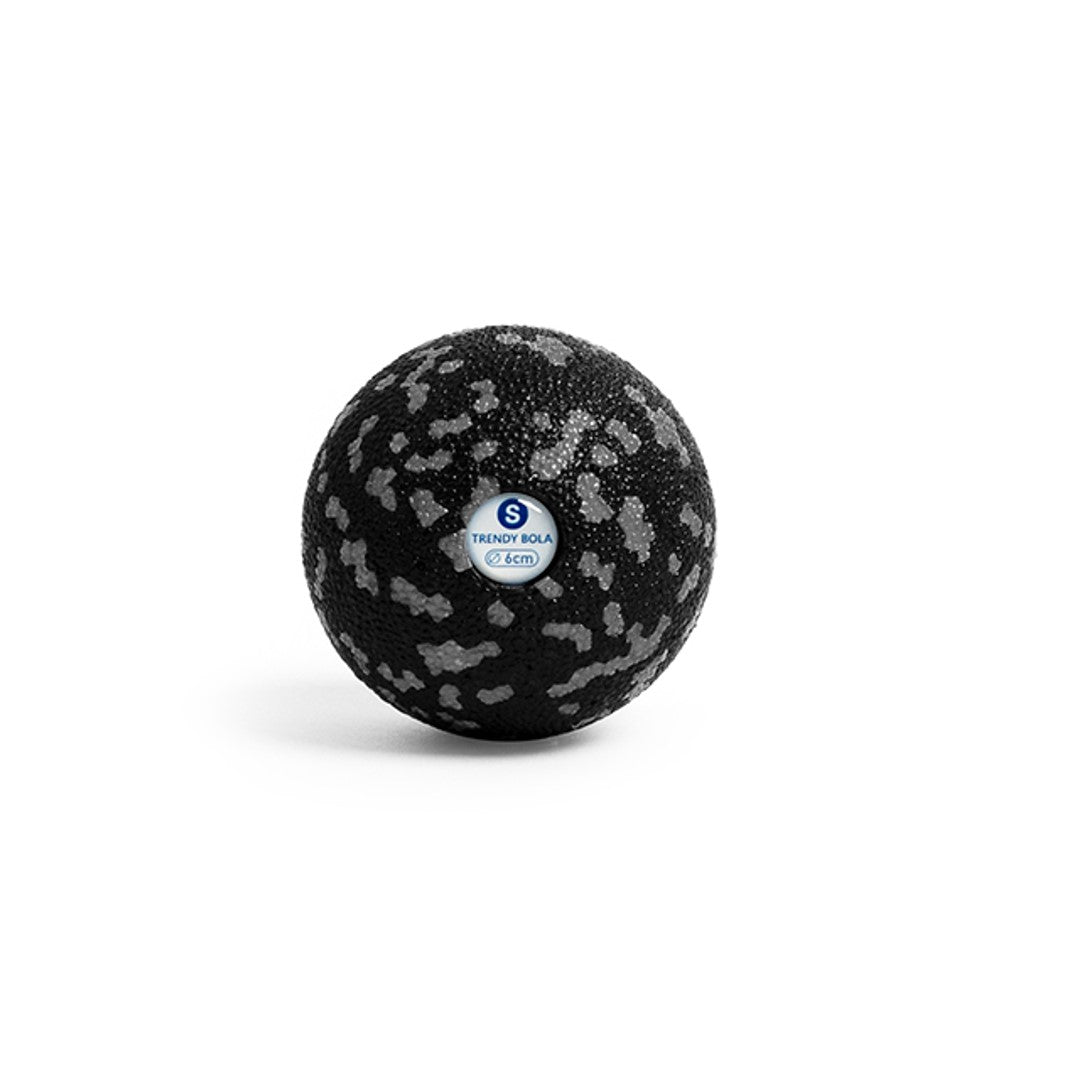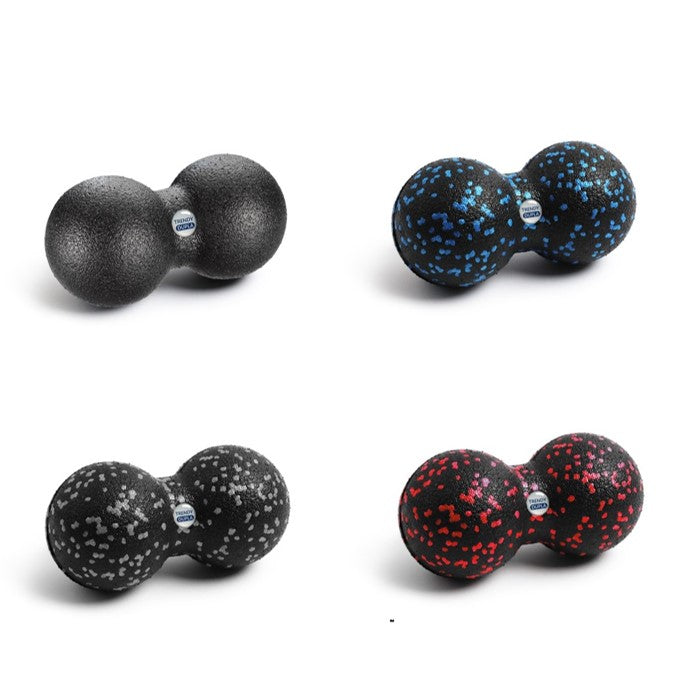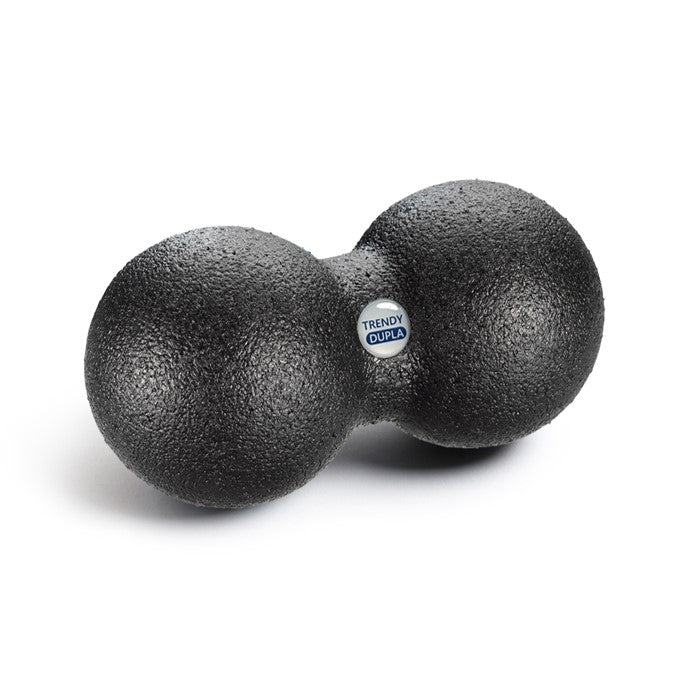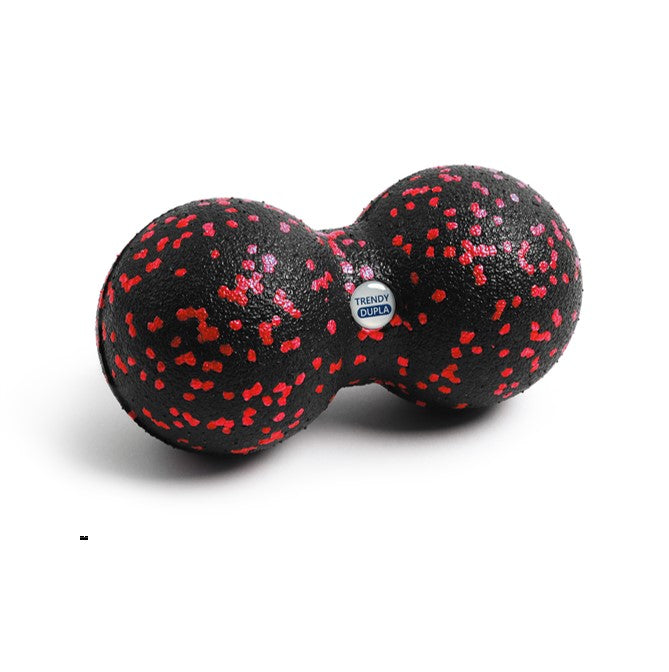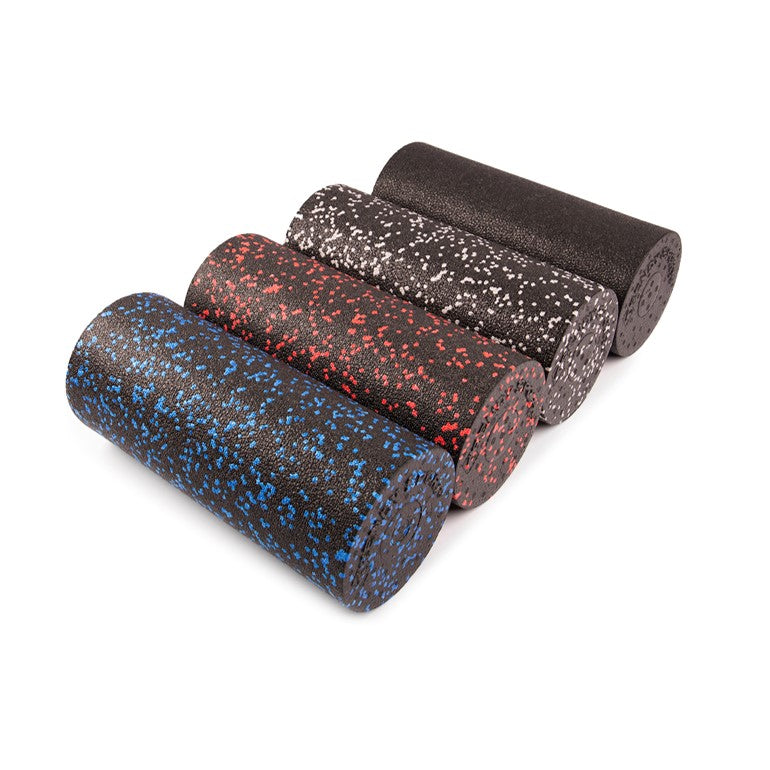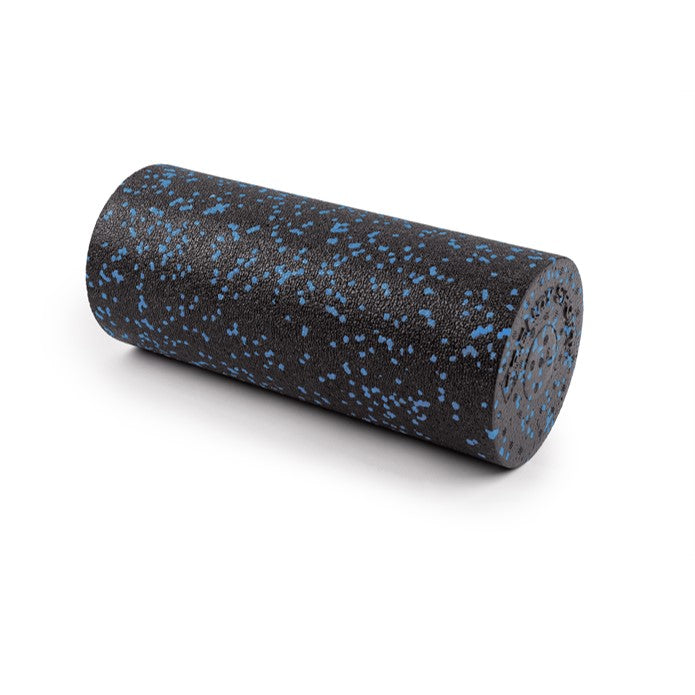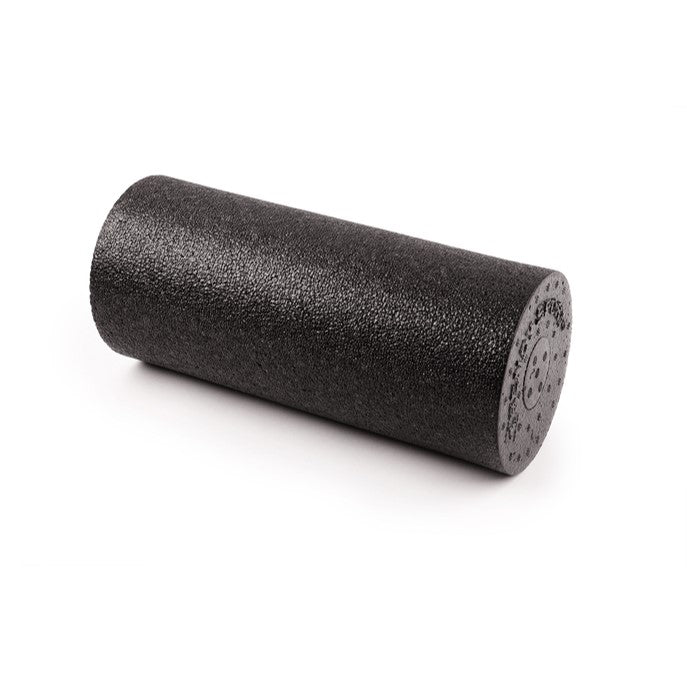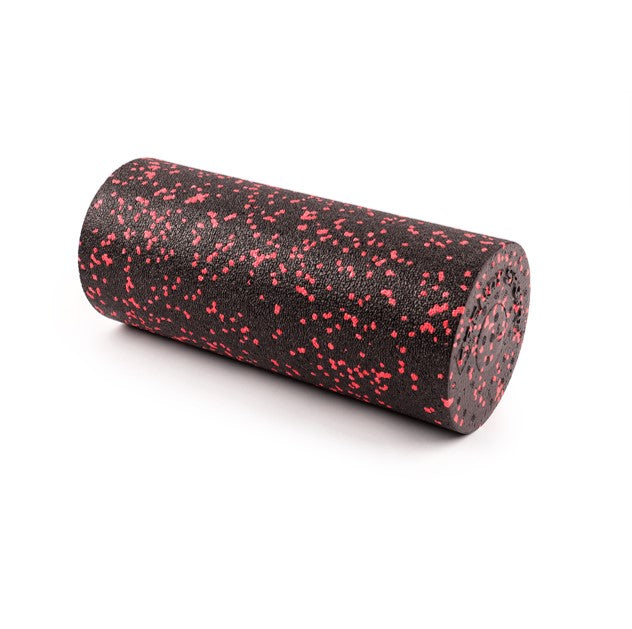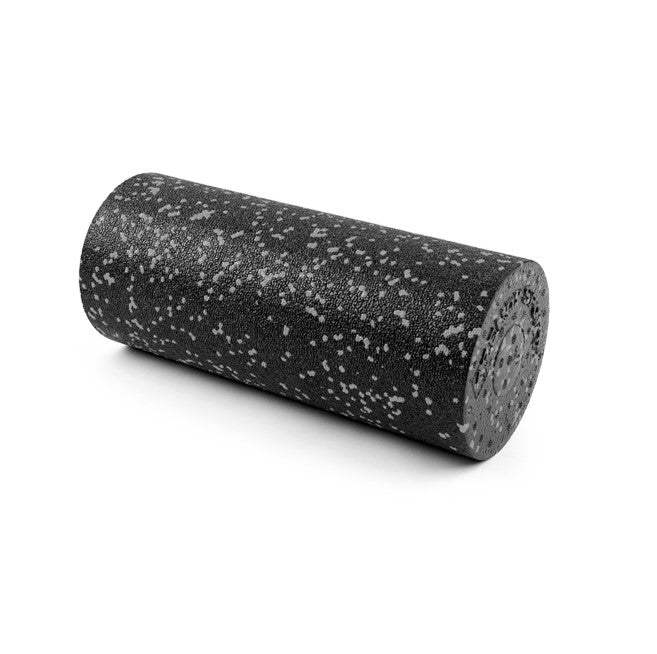Filters
-
-
-
-
Fascia roller cork 30 x 10 cm
Regular price €27,64 -
fascia roll - fascia ball Dupla - cork
Regular price €16,97
Ordering, delivery & care.
Can I get advice before purchasing?
Yes! Our team will be happy to assist you with your product selection – by phone, email, or in person at our showroom. Together, we'll find the right equipment for your training.
How quickly will the delivery take place?
We deliver quickly and reliably. You can find the exact delivery times directly on the respective product page or during checkout. We're happy to help with any questions about availability.
Will my device be delivered pre-assembled?
Many fitness equipment items are delivered partially assembled. Easy-to-follow assembly instructions are included. Many pieces of equipment can be assembled independently; for more complex items, we recommend a second person. If you require assembly service, please contact us.
How do I properly care for my fitness equipment?
Wipe down moving parts regularly, check screw connections for tightness, and ensure storage in a dry environment. For some devices, occasional lubrication is recommended—you can find information on this in the respective manual.
Not sure which product is right for your training goals? No problem! Our experienced team will take the time to talk to you – by phone (08142/448666), email, or visit our showroom. Together, we'll find the optimal solution for your needs.
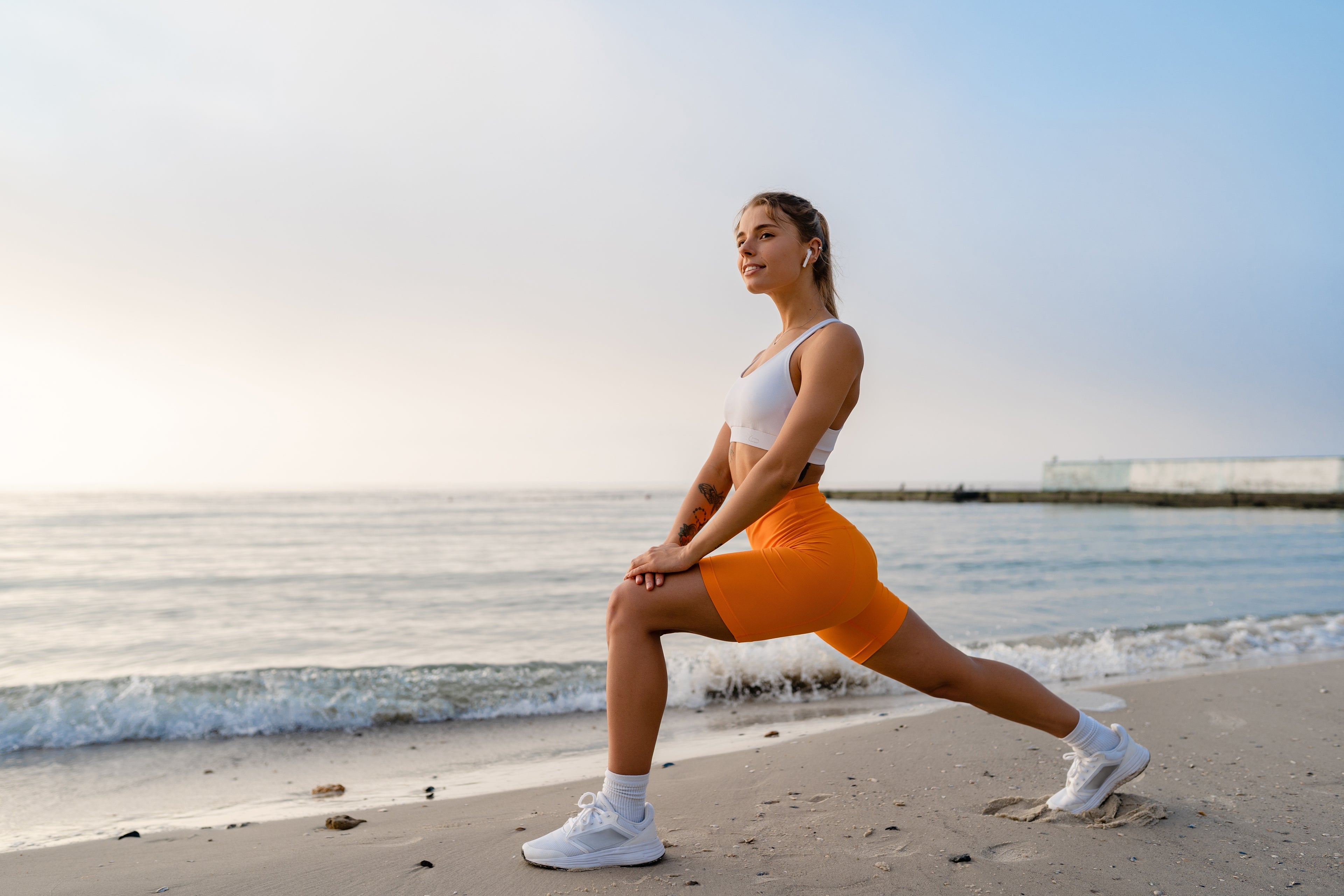
Everything you need to know.
Fascia roller FAQ.
What are the benefits of the fascia roller?
The fascia roller—often referred to as a foam roller—is a popular tool in sports, physical therapy, and everyday life. Its benefits are based on self-myofascial release (SMR). This technique promotes blood circulation and improves fascia elasticity through pressure and rolling movements on the tissue. The benefits of the fascia roller at a glance:
- Relieves muscle tension and adhesions in the connective tissue
- Promotes regeneration after training as metabolic waste products are removed more quickly
- Improves joint flexibility and mobility
- Reduces muscle soreness through better blood circulation
- Supports injury prevention in sports through more elastic fascia
- Stress relief: Many people find rolling a soothing massage
In short: The fascia roller not only improves performance but also physical well-being.
How do I know if my fascia is stuck?
Adherent fascia often becomes noticeable gradually. Many sufferers are initially unaware that their symptoms originate from the fascial tissue. Typical signs of adhered fascia:
- Stiffness in the morning or after prolonged sitting
- Limited mobility in certain joints
- Dull pain or tenderness in muscles
- Nodules or hardening under the skin
- Unclear tensions that do not respond to classic stretching exercises
A simple self-test: Slowly roll a fascia roller over certain muscle groups. If you experience persistent, severe pain or hardened strands, this indicates fascia adhesions.
How long does it take for stuck fascia to loosen?
The duration depends heavily on the severity of the adhesions, the training status and the regularity of rolling.
- First successes: Often after just a few applications, users notice that their muscles become looser and their movements become smoother.
- Noticeable improvement: With regular training with the fascia roller (approx. 2-3 times per week), adhesions can be significantly reduced within 4-8 weeks .
- Long-term health: Fascia requires continuous care . Only through consistent use does the tissue remain elastic and adhesions prevent recurrence.
Why does the foam roller hurt so much at first?
Many people find their first training sessions with a foam roller very painful. This is a normal sign that the fascia is very tense or stuck together. Reasons for the pain:
- Pressure on stuck tissue initially irritates the nerve endings
- Strong blood flow leads to a burning sensation
- Untrained connective tissue is initially more sensitive
The good news: With regular training, the pain will decrease significantly. The fascia will become accustomed to the strain, becoming more elastic and less sensitive. Start with soft fascia rolls and increase the
Apply pressure slowly to gently get your body used to the workout.
Which fascia roller for thigh exercises?
The thighs are among the largest muscle groups in the body and are therefore ideal for training with a fascia roller. Since there is a lot of tissue here, a medium-hard to hard fascia roller is recommended. Recommended roller types for thighs:
- Classic fascia roller (30–45 cm, medium-hard): Ideal for rolling out large areas of the front and back of the thighs.
- Smooth instead of nubby : For beginners, a smooth roller is gentle. Professionals can use rollers with grooves or nubs to enhance the massage effect.
- Mini fascia roller : Practical for targeted rolling on the sides of the thighs (e.g. IT band).
- Double roll : Relieves pressure on the spine, but is also suitable for the back of the thighs.

Buy fascia rolls – relieve muscle tension
Fascia has become a central topic in fitness and health in recent years, and for good reason. It forms a reticulated, elastic connective tissue that runs throughout the body like a continuous network of tension. Fascia envelops not only muscles but also organs, tendons, and bones, enabling smooth, efficient movement. At the same time, it contributes significantly to the body's stability, supports posture, and acts as natural shock absorbers, evenly distributing forces and protecting sensitive structures.
However, fascia is sensitive and reacts to strain, stress, lack of exercise, or injury . If it sticks together or hardens, this can limit mobility, cause pain, and negatively impact posture. Just like other tissues, fascia needs regular care to fulfill its function optimally. This is where the fascia roller comes into play: It enables targeted self-massage, loosens adhesions, promotes circulation, and ensures that the tissue remains supple. Regular training with the fascia roller not only supports mobility but also contributes to pain relief, relaxation, and faster regeneration after physical exertion. Whether you're a beginner or a professional, anyone who actively maintains the health of their fascia can significantly improve mobility, posture, and well-being in the long term.
How do fascia rollers work?
The fascia roller , also known as a foam roller, is an effective tool for promoting regeneration and relieving muscular tension . It is based on the principle of pressure and movement. By rolling specific areas of the body on the cylindrical foam roller in a controlled manner, the connective tissue (the fascia) is specifically stimulated. This loosens adhesions, improves mobility, and stimulates blood circulation. The underlying method, myofascial self-massage, works through targeted pressure on muscles and fascia. This mechanical stimulus helps to reduce tension, make the muscles more supple, and support the body's natural ability to regenerate. Especially after intensive training sessions, using a fascia roller can shorten the recovery phase and at the same time prevent muscle soreness. Regular use also offers preventative benefits. It supports injury prevention, as the improved blood circulation and loosening of the tissue make the muscles more resilient. Whether in preparation for sporting activities or as part of regeneration – the fascia roller is a versatile tool that can make a valuable contribution to increased mobility, well-being and performance in both competitive sports and everyday life.
The benefits of fascia rolling training
The use of a fascia roller offers a variety of positive effects that can be of great benefit in both sports and everyday life. By specifically rolling out the muscles, stuck fascia can be loosened , leading to a noticeable improvement in mobility and flexibility. At the same time, many users report significant pain relief - particularly for back or neck problems, which are often caused by tension or poor posture. Another key benefit is that it supports muscle regeneration. After intensive training sessions, the fascia roller helps to reduce muscle soreness and accelerates the recovery of stressed muscles. By keeping the fascia supple and elastic, the risk of injuries due to overuse is also significantly reduced. In addition, massaging with the fascia roller stimulates blood circulation and metabolism in the muscles , which not only promotes regeneration but also increases general well-being. The relaxing effect on the connective tissue is particularly valuable. The targeted pressure applied during rolling relieves tension, loosens adhesions, and improves the elasticity of the fascia. This leads to loose, relaxed muscles, increased mobility, and an overall improved body awareness.
Which foam rolls are the best?
There's no one-size-fits-all answer to the question of the "best" fascia roller – the ideal model always depends on your individual goals, experience level, and desired application. Fascia rollers generally differ in size, degree of hardness, and surface finish, making them optimized for different needs. The most important types of fascia rollers at a glance:
1. Standard fascia roller : These rollers are the classic among fascia tools and are ideal for universal use. With a medium degree of hardness and a smooth surface, they are perfect for beginners, offering a good balance of effectiveness and comfort. They are particularly suitable for working large muscle groups such as the legs, back, or buttocks.
2. Small Fascia Roller : Small, handy, and lightweight – the mini version is ideal for on the go, whether at the gym, while traveling, or at the office. It's excellent for smaller muscle groups like the feet, calves, forearms, or palms. Runners also appreciate the compact roller for specifically relieving tension in everyday life.
3. Textured foam roller : Rollers with nubs, grooves, or a wave-like surface offer a more intense massage, as they penetrate deeper into the tissue and target trigger points. This option is more suitable for experienced athletes or those with persistent tension who desire more intense stimulation.
4. Double Fascia Roller (Duoball) : The special shape of two connected rollers protects the spine while simultaneously massaging the surrounding muscles. It is therefore particularly suitable for the neck, back, and shoulder areas, where traditional rollers are often uncomfortable. The Duoball is also ideal for use along the Achilles tendon or on the calves.
How do you choose the right foam roller?
Choosing the right foam roller should be done carefully, as various factors play a role. Key criteria are the material and the degree of hardness. While softer models are particularly suitable for beginners, as they allow for gentle application, experienced users often opt for harder rollers for a more intensive, deep-tissue massage. The size and shape of the foam roller are equally important. Larger models offer the advantage of versatile applications and are particularly well-suited for large areas of the body, such as the back or legs. Smaller rollers, on the other hand, are ideal for more precise applications, for example, in the neck area or on the feet. The intended area of application should also be taken into account when making your decision – depending on whether you primarily want to treat large muscle groups or specifically relieve minor tensions, it is advisable to choose a suitable model.
Fascia training for beginners
For beginners in fascia training, it is crucial to first carefully learn the basic techniques. It is recommended to start with slow, controlled rolling movements to work the muscles evenly and better control the pressure. Larger muscle groups such as the thighs, calves, or back are particularly suitable, as they offer a larger surface area and thus make it easier to get started. A common mistake is rolling too quickly, which significantly reduces the desired depth of penetration and limits the effectiveness of the massage. Those who take sufficient time for the exercises and pay attention to proper execution will benefit from improved regeneration and increased mobility in the long term.
Advanced fascia training
Advanced users can significantly intensify their fascia training through specialized techniques such as trigger point therapy . This involves applying targeted pressure to painful or tense points and holding it for a few seconds to minutes to release deep adhesions in the fascia and achieve lasting muscle relaxation. This method requires a good sense of your body and patience, as the targeted pressure can be unfamiliar at first. The combination of fascia training followed by stretching exercises is particularly effective. While the fascia roll loosens the tissue and stimulates circulation, stretches improve mobility and stability. Especially in athletics, this combination can increase performance, prevent injuries, and optimize recovery after intensive training sessions.
Massage roller for specific complaints
The massage roller is ideal for targeted use on a variety of issues, both relieving acute tension and promoting long-term well-being . Muscular problems are particularly common in the back. Constant sitting throughout the day or poor posture can quickly lead to stiffness and restricted mobility. Slow, controlled rolling along the spine effectively relieves tension, contributing to improved circulation and increased mobility. The fascia roller can also be a valuable support in the neck and shoulder areas, which are particularly sensitive to stress and poor posture. Gentle, mindful use is recommended here to loosen the muscles without overstressing the sensitive structures.
Feet should also not be underestimated, as they are subjected to enormous daily stress from standing, walking, and running. Although they play a central role in our movement, their regeneration is often neglected. With a fascia roller or special fascia balls, tension in the soles of the feet can be specifically treated, thereby reducing pain and improving overall foot health.
How often and for how long should you use a massage roller?
The optimal frequency and duration of use of a massage roller depends on individual training goals, personal fitness level, and physical needs. Experts generally recommend incorporating the fascia roller into your training or recovery routine about two to three times a week for 10 to 15 minutes each time. Those who already have experience with the application or want to specifically release certain tensions and adhesions in the connective tissue can gradually increase the duration and adjust the intensity to suit their individual needs. It is crucial to pay attention to your body's signals to achieve a lasting effect and avoid overloading.
How do I use a foam roller correctly?
Using a foam roller is generally straightforward, but to get the full benefits from your workout, technique, control, and consistency are key. Rolling carelessly over muscles often only achieves superficial effects. However, those who adhere to the correct principles benefit from deep tissue loosening, improved mobility, and noticeable regeneration.
1. Get into position : Place the desired muscle area on the foam roller. Make sure you position yourself so that you can control the intensity at any time during the exercise.
2. Adjust your body weight : The pressure is created by your own body weight. You can regulate the load with the help of your arms and legs: The more weight you transfer to the roller, the more intense the pressure becomes. Beginners, in particular, should start gently and increase gradually.
3. Roll slowly and consciously : Effective fascia training doesn't involve rapid back-and-forth rolling. Perform the movement in a controlled and even manner across the entire muscle group. The pace should be such that you feel every inch of the tissue.
4. Target specific pain points : If you encounter particularly tense or sensitive areas, linger briefly on that spot and hold the pressure for a few seconds. Often, the tension will gradually ease – similar to a targeted massage.
5. Plan regularity : A single roll can relieve tension in the short term, but consistency is crucial for lasting improvements. Schedule 10–15 minutes several times a week, either before training for activation or afterward for recovery.
Tips for beginners and advanced users
I. For beginners : Start with a smooth foam roller with a medium firmness to get used to the feel and avoid pain. Work on large muscle groups first, such as your thighs, calves, or back.
II. For advanced users : As you gain experience, you can switch to harder or textured rollers that reach deeper tissue layers. Smaller, specialized rollers or duo balls are also helpful for targeting trigger points.
III. For professionals : More intensive variants such as vibration rollers further enhance the effect, promote blood circulation and support regeneration after high-intensity sessions.
Can you do anything wrong with the fascia roller ?
As effective as foam rollers are, their benefits only unfold fully when used correctly . As with any training or recovery tool, incorrect technique or excessive strain can not only reduce the effectiveness but, in the worst case, also worsen discomfort. Beginners, in particular, often make mistakes by underestimating the intensity or starting without proper guidance. To ensure your training remains safe and effective, you should definitely avoid these common mistakes:
1. Movements too fast : Many people roll hastily over the muscles in the hope that this will make the massage more intense. In fact, the opposite is true: Only slow, controlled rolling allows the fascia to release and the tissue to adapt.
2. Roll directly over bones and joints : The foam roller is intended exclusively for muscles and connective tissue. Rolling over knees, elbows, or vertebrae can irritate the joints and cause pain.
3. Too much pressure : A common mistake is rolling with your entire body weight on sensitive areas. Beginners, in particular, should start with a softer foam roller or reduce your body weight by supporting your arms or legs.
4. View pain as the goal : A common misconception is that foam rolling exercises have to be painful to be effective. However, severe pain is a warning sign and should always be avoided. Moderate, "comfortable" pressure is sufficient and effective.
5. Training too infrequently : Many people use the foam roller only occasionally, when tension occurs. However, for lasting results, regular use is important—ideally several times a week.
How to avoid errors when using
I. Roll slowly and carefully.
II. Focus on the muscles, not on bones or joints.
III. Adjust the pressure to your individual pain sensitivity.
IV. Integrate the fascia roller regularly into your training or recovery routine.
With the right technique and a suitable foam roller—depending on your training goal, level of experience, and sensitivity—you can easily avoid these mistakes. This way, you can reap the full benefits of fascia training without harming your body.

